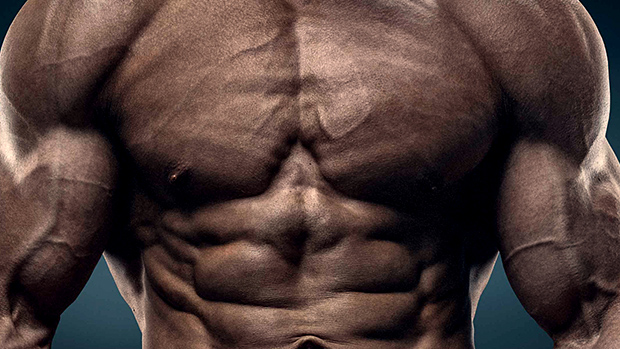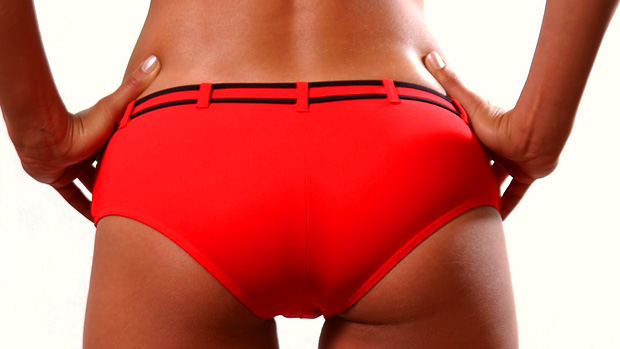Here's what you need to know...
•
Breathing paused squats could be the hardest, most effective tool in your the toolkit.
•
By exhaling under a squat, you remove intra-abdominal pressure, meaning the job of stabilizing the pelvis and spine shifts to the musculature.
•
Most who try them experience a 20-30 pound squat PR and a half-inch of leg growth in one month.
While regular paused squats are definitely tough and effective, breathing while
under the weight substantially magnifies both the difficulty and the benefit.
The Three Demands
Your knees are flexed at the bottom of a squat, your hips are flexed, and your
torso is inclined forward with the bar resting on your shoulders. You need to do
three things to drive the bar up – extend your knees, extend your hips, and maintain
torso rigidity to transfer force into the bar.
The first two demands receive a lot of attention but the third demand, maintaining
torso rigidity, is often overlooked or trained inefficiently. But without it, all
that force produced by your legs and hips will never transfer to the bar.
Specificity

In the strength game, specificity is key. Training your body to complete a task in
a specific way tends to be the best way to achieve the desired adaptation. So for
training any aspect of the squat, you can't beat the effects of having a heavy bar on
your back and squatting.
The question then becomes, how can you tweak the squat to magnify its effects of
giving you an ironclad torso? Answer: you breathe. Here's why:
Two main things stabilize your pelvis and spine at the bottom of a squat –
intra-abdominal pressure, and the musculature supporting your pelvis and spine.
It's easy to maximize intra-abdominal pressure. Just learn the Valsalva maneuver
(where you exhale forcefully against a closed airway) and put on a belt. But we'll
focus more on the musculature supporting the pelvis and spine because it can be
improved through training.
By exhaling under a squat, you purposefully remove intra-abdominal
pressure, meaning the job of stabilizing the pelvis and spine shifts entirely to the
musculature that directly supports it.
Your abs, transverse abdominis, and obliques have to work doubly hard without the
aid of a full belly of air. When this supporting musculature becomes stronger,
squatting normally becomes significantly easier as a stronger core means more
efficient force transfer from your legs to the bar.
As a bonus, the long pause at the bottom gives your legs extra time under tension,
providing a great hypertrophy stimulus for your wheels. You know how beltless squats
are much harder than belted squats? It's because pushing your stomach out against the
belt increases intra-abdominal pressure.
On the other hand, when going beltless, even though your legs are just as strong,
you can't move as much weight because you can't brace your pelvis and spine as well.
Think of breathing paused squats as a magnification of the same concept.
How To Do It
Let me describe this in easier terms. You're going to squat just like normal, but
on your last rep, you're going to stay in the down position and take a pre-determined
number of deep, full, breaths, thereby removing intra abdominal pressure and making
your core work all that much harder.
With added core strength comes greater stability. With greater stability comes new PRs.
To implement breathing paused squats, start by just using them on the last rep of
each warm-up set. So if you typically start off your squat workouts with 135 for 10
reps, then just add 5-10 full breaths (full exhale, full inhale into the stomach) at
the bottom of the tenth rep.
If your next warm-up is 185 for 5 reps, add 3-5 breaths at the bottom of the fifth rep, and so on.
Obviously you'll want to keep it light the first few times you try it, but
experiment with adding breaths on increasingly heavy sets as you get more
comfortable, being mindful to never go past your comfort zone. Make it a 4-5 month
goal of being able to exhale under about 80% of your 1RM squat.
Always inhale again before you come up, though. You'll find that as the weight
under which you can breathe increases, maximal weights will feel increasingly lighter on your back.
The Results

Results will vary of course, but most who implement this tip experience a 20-30
pound squat PR and a half-inch of leg growth in a month – without any other
programming modifications.
In my case, I put nearly 100 pounds on my squat in about 4 months. I focused on
breathing paused squats (bringing my breathing paused squat PR from 315 to 585
pounds) and increasing hip torque (through sumo rack pulls) to take advantage of the
increased ability to maintain rigidity.
And while my other lower body accessory lifts remained stagnant, my 1RM squat
climbed from a shaky 655 pounds in the gym with questionable depth, to a deep 750 in a meet.
Wondering if you could benefit the same way I did? Let's do a little rough math
and a simple test. Assuming a 45-degree incline, you can squat about 70% of the
weight you load on the leg press.
That means every Joe Shmoe who can leg press 700 – a common feat in most gyms –
produces enough force from his legs and hips to squat 495 pounds, a very rare feat in most gyms.
The key difference is that you directly transmit force to the platform of the leg
press, but force transfer to the bar when squatting is dependent on how rigid you can
keep your torso. If there's a large disparity between your squat and 70% of your leg
press, then breathing paused squats are sure to remedy this deficit and put size on
your legs and some serious pounds on your max in a hurry.
All On You
Are they hard? Absolutely. Unorthodox? Sure. But they're undeniably effective, and
there's no way to train your torso for the squat with greater specificity than with
breathing paused squats.





